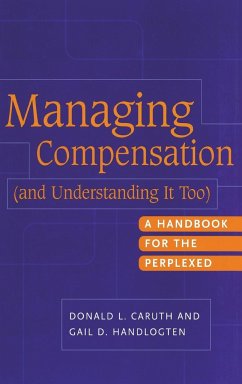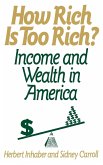This text is a lively, well-written, and carefully illustrated guide to the mysteries and mystique of how people are compensated for their efforts in all types of organizations. With clear discussions of what works, what doesn't, and why, this intensely practical handbook it covers such topics as job evaluation; job pricing; employee benefit programs; pay for performance; and the compensation of executives, sales personnel, and international employees. Executives and managers with no special training in pay determination and management will find it an easily accessible handbook that not only makes clear how compensation systems are conceived and developed but most importantly, how they are implemented and administrated. Its logical presentation and full coverage makes the book valuable as a text for upper-level college students as well as a solid instructional resource for teachers. The authors open with an overview of compensation and its role in organizations and then move to the legal environment in which compensation is embedded and the laws that govern it. They describe current and traditional views of motivation and elucidate the importance of job analysis and its end products--job description and job specification. The role of compensation surveys and their use in assigning monetary rates to jobs are discussed. A topic of special interest to executives in New Economy organizations will be the purpose and importance of benefits, particularly indirect monetary compensation, stock options, and other pay for performance incentives. Caruth and Handlogten address the challange of compensating teams and pay special attention to the, often unique, problem of compensating uppermost management, sales people, and employees abroad. The text concludes with practical suggestions for the on-going maintenance and management of compensation systems and how to adapt them to changing organizational circumstances.







